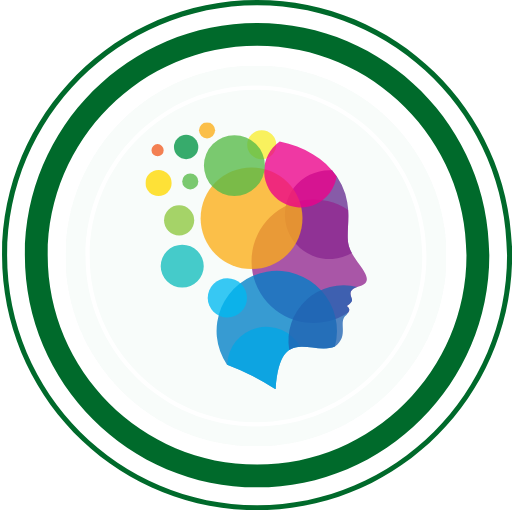Community Membership
Don’t test your limits alone—Transform your career, starting today.
Free unlimited access
Free
/ forever
- Access to all blog articles
- Community Q&A forum access
- Jobs Dashboard Access
- Tutorials / Interview Preparation Access
- Exclusive member-only premium content
- Career Accelerator Program
Connect, learn & grow
Fast-Track Your Testing Career with Expert Mentorship
- 1:1 Career Accelerator Program
- Access to all blog articles
- Community Q&A forum access
- Jobs Dashboard Access
- Tutorials / Interview Preparation Access
- Exclusive member-only premium content
Recommended
What Are Python’s Double Underscores? Dunder Methods Explained
Ever Wondered What Python’s __double_underscores__ Actually Do?
Imagine this: You're...
Getting Started with Vibium: AI-Native Test Automation Revolution
In the rapidly evolving world of test automation, Vibium represents...
Revolutionize Test Automation with GitHub Copilot: Free and Power-Packed
Revolutionize Test Automation with GitHub Copilot for Free in...
Popular this week
5 Vibe Testing Anti-Patterns That Destroy Your Pipeline (And How to Fix Them)
Why Anti-Patterns Undermine Your Vibe Testing Success
Vibe testing—using AI-native...
Vibe Testing: How AI-Native Tools Are Rewriting Automation Rules
The New Era of Test Automation: From Vibe to...
Vibium AI: The $3.8 Billion Promise That Doesn’t Exist Yet—Why QA Teams Are Going Crazy Over Vaporware
The Most Anticipated Software Tool That You Can't Actually...
© 2025 QABash.com. All Rights Reserved. Made with ❤️ in India



